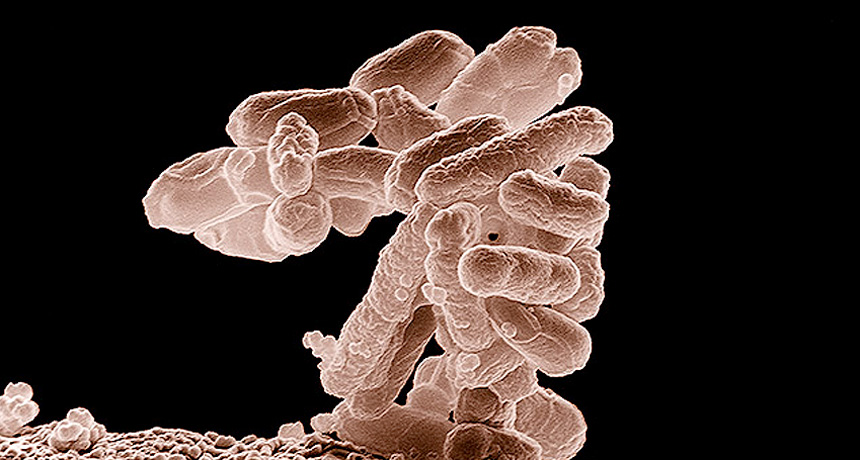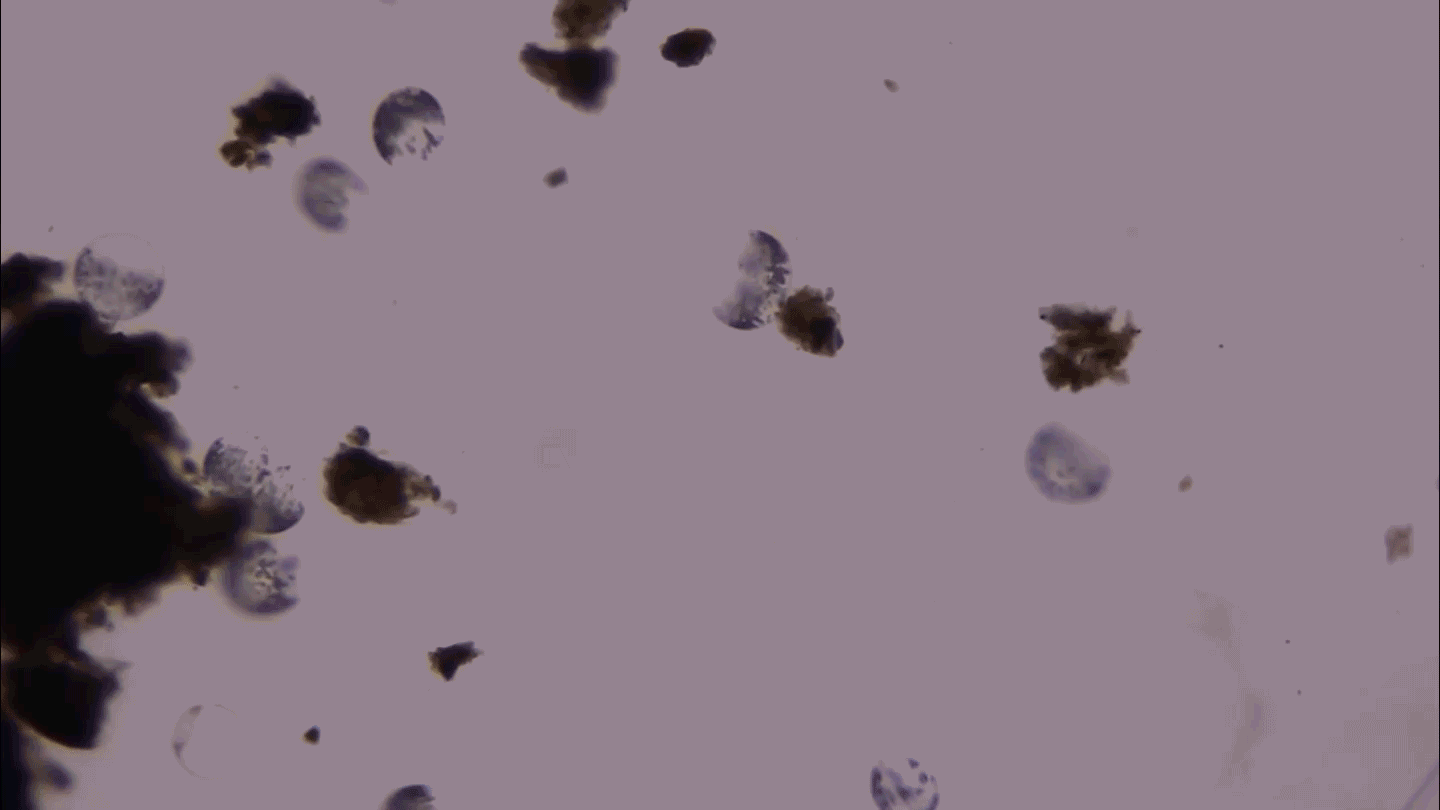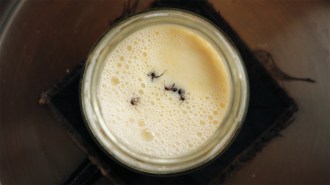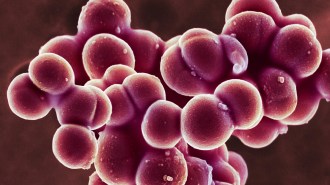Speedy test could improve treatment of urinary tract infections
Antibiotic-resistant bacteria detected in a fraction of usual time

PEE PATHOGENS A new urine test may save crucial time in diagnosing urinary tract infections caused by drug-resistant microbes such as Escherichia coli (shown in a micrograph).
Photo by Eric Erbe, digital colorization by Christopher Pooley/USDA Agricultural Research Service







